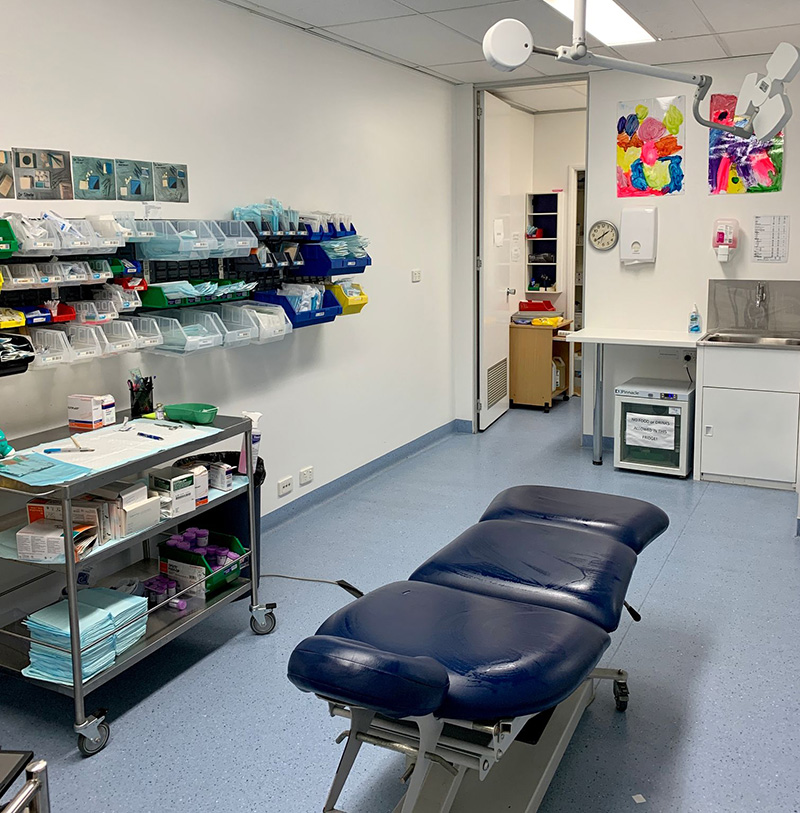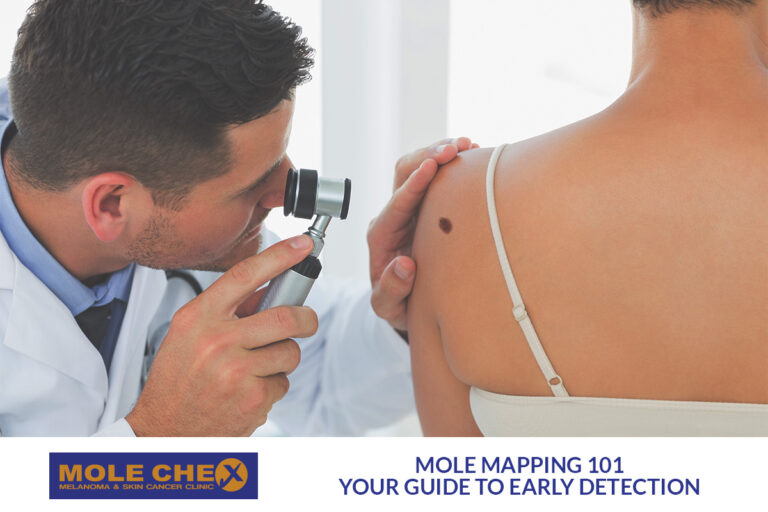Home » Surgical Procedures
Surgical Procedures
Cryotherapy
Cryotherapy is a freezing technique used to remove sunspots. The doctor sprays liquid nitrogen onto the sunspot or skin cancer and a small area of skin around it. This causes a burning or stinging sensation, which lasts a few minutes. The liquid nitrogen freezes and kills the abnormal skin cells and creates a wound, which will be sore and red for a few days and may weep or blister. The area may also swell for a few days. In some cases, the procedure may need to be repeated.
A crust will form on the wound and the dead tissue will fall off after 1–4 weeks, depending on the area treated. Healing can take a few weeks, and the healed skin will probably look paler and whiter than the surrounding skin.
Topical treatments
Some skin spots and cancers can be treated using creams or gels prescribed by a doctor that you apply directly on the skin. These are called topical treatments. They may contain immunotherapy or chemotherapy drugs as their active ingredient. Treatment with these creams will involve some down time for many.
Curettage and Cautery
Curettage and cautery are used to treat some BCCs and squamous cell carcinoma in situ. You will be given a local anesthetic and the doctor will scoop out cancer using a small, sharp, spoon-shaped instrument called a curette. They will then apply low-level heat (cautery) to stop the bleeding and destroy any remaining cancer, and cover the wound with a dressing. The wound usually heals within a few weeks, leaving a small, flat, round, white mark.
Elliptical Excision
The most common type of excision is an elliptical excision. The ellipse is often designed so that the resulting scar runs parallel with existing skin creases. This usually provides a wound under less tension and orientates the scar in a direction which is less noticeable to the eye.
Skin Flaps
If the skin cancer is large or simple elliptical excision will cause unacceptable distortion or undesirable cosmetic outcome, you may need to have a skin graft or a skin flap.
A skin flap is a thicker layer of skin taken from an area close to where the skin cancer was removed. The skin is cut away but left partly connected so it has a blood supply. The skin is moved to cover the wound and stitched in place.
If you need a skin graft or skin flap, your doctor will explain the operation to you.

- 268 Ipswich Road, Annerley QLD 4103
- 07 3891 3044
-
Monday to Friday - 9.00 am – 5:00 pm
Weekends and Public Holidays - Closed
- Shop 1096C/1151 Creek Road, Carindale QLD 4152
- 07 3892 1985
- Monday to Friday - 9.00 am – 5:00 pm
- 262 Old Cleveland Road, Coorparoo QLD 4151
- 07 3397 1999
-
Monday to Friday - 9.00 am – 5:00 pm
Saturday: 9.00-3.00
Sunday and Public Holidays - Closed
No referral needed
Open Saturdays, early morning and late evenings



